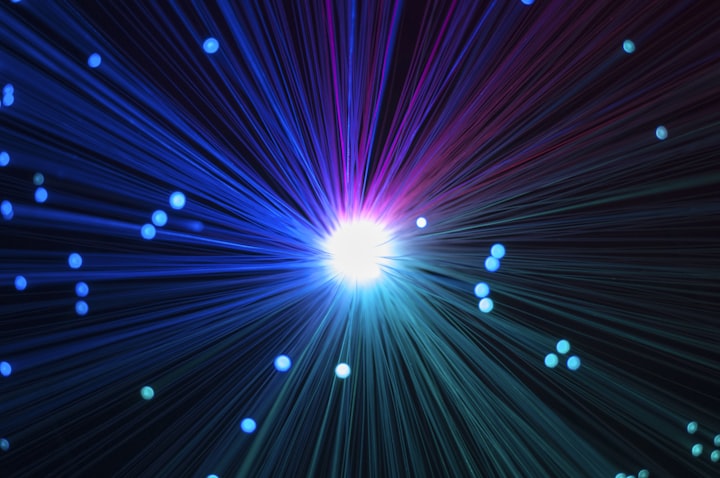The Internet of Things (IoT): Navigating a World of Connected Devices
Exploring the Implications of IoT on Data Privacy, Security, and the Environment
The Internet of Things (IoT) has become an increasingly popular buzzword in the tech world over the past few years. It refers to the growing network of internet-connected devices, from smart thermostats to fitness trackers, and everything in between. These devices are designed to make our lives easier, more convenient, and more efficient. However, with this growth in IoT comes a number of concerns, including data privacy and security, as well as the environmental impact.
Data Privacy and Security Concerns
One of the biggest concerns surrounding IoT is data privacy and security. As more and more devices are connected to the internet, there are more opportunities for hackers and cybercriminals to gain access to our personal information. This is especially concerning when it comes to devices that collect sensitive data, such as health trackers or smart home security systems.
To address these concerns, manufacturers are increasingly focused on creating devices with built-in security features. For example, some smart home devices now require users to set up two-factor authentication to access their accounts. Additionally, there is growing interest in the development of blockchain technology for IoT, which could potentially provide greater security and transparency for data transactions.
However, there is still much work to be done to ensure that IoT devices are secure and that user data is protected. It will require a collaborative effort from manufacturers, policymakers, and consumers to establish strong security standards and protocols.
Environmental Impact of IoT
Another concern surrounding IoT is its impact on the environment. The production and disposal of electronic devices contribute to a significant amount of e-waste, which can have negative consequences for the environment and human health.
Additionally, the energy consumption of IoT devices is a growing concern. As more devices are connected to the internet, they require more energy to operate, which can lead to increased carbon emissions and a larger carbon footprint.
To address these concerns, manufacturers are focusing on creating more energy-efficient devices, as well as incorporating sustainable materials and manufacturing processes. Additionally, there is growing interest in the development of circular economy models for IoT, which would prioritize reuse, repair, and recycling of devices to reduce e-waste.
Potential Applications of IoT
Despite these concerns, the potential applications of IoT are vast and varied. In healthcare, IoT devices can be used to monitor patient health remotely, provide real-time feedback to physicians, and improve the accuracy of diagnoses. In manufacturing, IoT can be used to monitor equipment performance and prevent downtime.
In the home, IoT devices can be used to improve energy efficiency, automate tasks, and enhance home security. For example, a smart thermostat can learn a user's heating and cooling preferences and automatically adjust the temperature accordingly, while a smart home security system can alert users to potential intruders and provide live video feeds of their homes.
In transportation, IoT can be used to create more efficient and sustainable systems. For example, IoT sensors can be used to monitor traffic patterns and adjust traffic signals in real-time, reducing congestion and emissions.
Conclusion
In conclusion, the growth of IoT presents both opportunities and challenges. While there are concerns surrounding data privacy and security, as well as the environmental impact of these devices, there are also countless potential applications of IoT in healthcare, manufacturing, transportation, and the home.
To ensure that IoT is developed in a responsible and sustainable manner, it will require collaboration and cooperation from all stakeholders. This includes manufacturers, policymakers, and consumers, who must work together to establish strong security protocols, prioritize sustainability, and develop innovative new applications for IoT technology. By doing so, we can harness the full potential of IoT to create a better, more connected world.
About the Creator
pasin corau
follow me on twitter






Comments
There are no comments for this story
Be the first to respond and start the conversation.